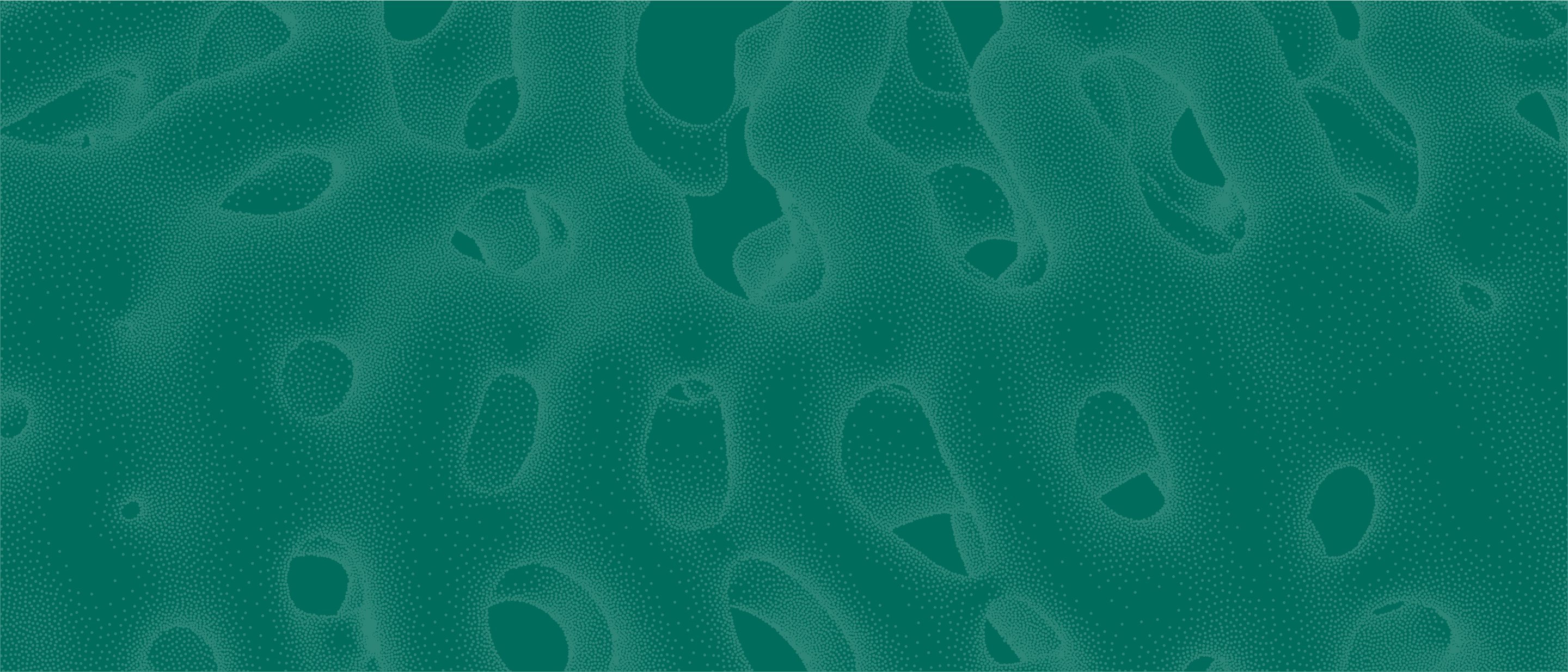



Professor Nicola Spaldin is awarded the 2023 Gothenburg Lise Meitner Award for her groundbreaking discoveries in the field of "multiferroics" – materials that are simultaneously magnetic and ferroelectric. In early September, she will visit Chalmers to accept the award.
The prize jury awards Nicola Spaldin, Professor of Materials Theory at ETH Zurich, the Lise Meitner Award for her "fundamental theoretical contributions and discoveries in the field of multiferroics." Nicola Spaldin’s ground-breaking theoretical contributions to fundamental physical understanding and practical materials design, combined with her vision and scientific leadership, are responsible for establishing one of the most important classes of emerging materials today – multiferroics – and positioning them to enable technological transformation.
Multiferroics – materials that are simultaneously magnetic and ferroelectric – are poised to make major societal contributions through novel device paradigms, and at the same time provide a rich forum for basic scientific discoveries in fields as diverse as condensed matter and high-energy physics, nanoelectronics and astroparticle physics, all thanks to Spaldin’s pioneering developments.
There is also an exciting connection between her research and Chalmers. In collaboration with theoretical astroparticle physicists at the Department of Physics, the search for dark matter is ongoing, with a desire to explore and understand this unknown form of matter, and unveil the properties of its constituent particles. Nicola Spaldin's research group has contributed to this investigation with electronic structure calculations for materials that are currently used in dark matter direct detection experiments (such as silicon, germanium and liquid xenon) as well as for materials that have been proposed for next-generation experiments, including graphene and carbon nanotubes.

We asked Nicola Spaldin some questions ahead of the award ceremony.
Your research revolves around multiferroics. What are multiferroics, and what do you find exciting about them?
“Multiferroics are materials that are both ferromagnetic – that is they have lined-up magnetic dipoles made of north and south poles – and ferroelectric, with lined-up electric dipoles, made of positive and negative charges, at the same time. We're all quite familiar with ferromagnetic materials – iron is a good example (which is why they are called "ferro") – as ferromagnetism is really just a fancy name for magnetic materials like the magnets we stick on our refrigerators. Ferroelectrics are a bit less well-known but also quite widely used, for example in sonar and infra-red detectors and even your barbeque lighter. The spark that lights the BBQ when you press the button is generated using a ferroelectric.”
“Materials that combine the ferromagnetism and ferroelectricity show a lot of interesting properties some of which are quite useful, but were for a long time thought to be impossible. That's what my research has been about.”
What would be your dream discovery?
“Well, since I have a very enjoyable collaboration with the Theoretical Astrophysics team of Riccardo Catena in Gothenburg, I really have to say detecting Dark Matter. I'd also like to design a room-temperature superconductor, or at least to understand enough about how the electrons interact with each other in solids to convince myself that it's not possible.”
What does being awarded the Gothenburg Lise Meitner Award mean to you?
“It's a tremendous honour to receive this award! First, because it's associated with Lise Meitner who was not only an exceptional scientist, but also a remarkable human being and a tremendous role model, particularly for young women scientists. And second, it's a real privilege to join the roster of Laureates, all of whose work I really admire. It's also a great excuse to visit Gothenburg to discuss with the colleagues there as well as those who will visit for the Symposium. And of course I'm particularly excited about the opportunity to visit the historic site in Kungälv, where Meitner and Frisch discovered nuclear fission, as part of the award activities.”
The lecture you will deliver in connection with the award ceremony is titled "New materials for a new age." It sounds really interesting! What are those materials and what will your lecture be about?
“Multiferroics of course! But I don't want to give away the plot; to learn some more you have to come along to the lecture!”
About Nicola Spaldin
- Nicola Spaldin is a Professor of Materials Theory in the Department of Materials at ETH Zurich, Switzerland.
- She studied Natural Sciences at Cambridge University, where she obtained a B.A. in Natural Sciences in 1991. She then moved to the University of California, Berkeley, where she earned her PhD in Chemistry in 1996. She next worked as a postdoctoral researcher in the Applied Physics Department at Yale University, before moving back to California, where she was Assistant Professor (1997–2002), Associate Professor (2002–2006) and then Full Professor (2006–2010) in University of California, Santa Barbara’s Materials Department. She moved to ETH Zürich in 2011.
- Go to Youtube to learn more about Nicola Spaldin's research, listen to her lectures, and more: Nicola Spaldin - Youtube

Gothenburg Lise Meitner Award 2024 Ceremony
Welcome to attend the ceremony where the Gothenburg Physics Center presents the Gothenburg Lise Meitner Award for 2024 to network scientist Prof. Albert-László Barabási. Students are welcome to attend.
